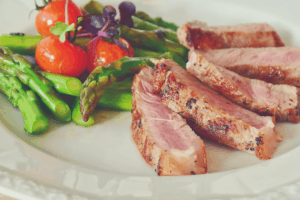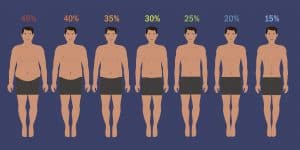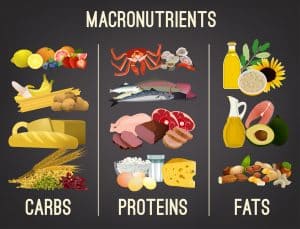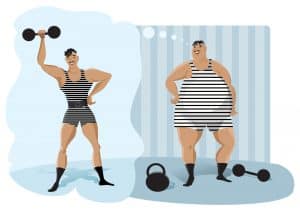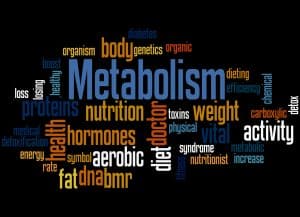I used to be overweight and unhappy. After not seeing any results when going to the gym, I’d fall off the wagon again and be even more unhappy with myself.
But I knew this never-ending cycle had to stop. I wanted my confidence back. The problem was I didn’t know what exercises I should’ve been doing to shed the pounds.
Everything changed once I learned about the best cardio for weight loss and I trained properly. Now I want to share this with you.
Cardio can do a lot more than help you lose weight. It may also help to strengthen your heart and relieve stress too. Check it out.
Intensity and Maximum Heart Rate (MHR)
Alright, let’s get one weight loss myth out of the way before we begin. I hate to break it to you, but the fat burning zone doesn’t exist.
Well, I think it’s actually been misinterpreted along the way. It’s true that we should be concentrating on our heart rate in order to get the best results from exercise for weight loss. But things need to be a bit clearer.
We’ve got to talk about your maximum heart rate, or MHR for short. Let’s start with the basics first.
Normally, most people will experience 60 to 100 beats per minute. This number is referred to as your resting heart rate. To know how to burn fat during exercise, you will need to calculate your maximum heart rate.
It’s easy to work out your MHR. Simply subtract your age from the number 220. The number you arrive at will be your MHR. So, if you’re 20 years old, your MHR will be 200. Simple, right?
So, what exactly is it? Well, your MHR is the maximum number of times your heart is able to beat per minute during your workout. You’re going to want to exercise at a percentage of your MHR.
It’s commonly thought that a higher intensity and percentage of your MHR will lead to more weight loss. Yet, this rule doesn’t necessarily apply to everyone. I’ll show you how, by looking at low intensity and high-intensity cardio below.
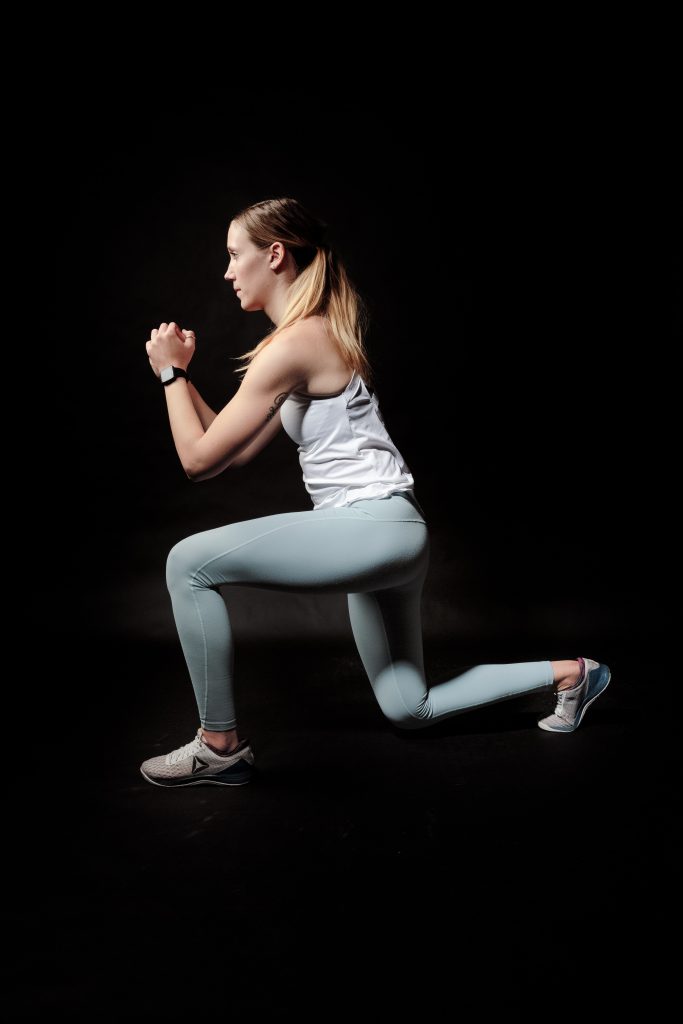
Low vs High-Intensity Cardio
Before you start out on your cardio and weight loss program, it’s important to understand the relationship between intensity, MHR, and fat burning.
When we talk about low-intensity cardio, we’re referring to exercise that creates an intensity of around 50 to 60 percent of your MHR. This can be an aerobic activity, such as walking, that raises your heart rate but it’s not that strenuous for you. It’s often referred to as a steady state and what’s commonly mixed up with the fat burning zone.
Of course, high-intensity cardio is going to be a lot more challenging and exerting for you. Typically, aerobic activity will require an intensity of 70 to 85 of your MHR. For example, this can be pushing yourself by running. Normally, this kind of exercise will be over 15 minutes in duration.
Let’s break it down and look at the advantages and disadvantages of each one.
Low-Intensity Cardio
Pros
- You can use fat as fuel. For example, a low-intensity workout for 30 minutes can burn up to 200 calories. Around 100 calories will come from fat.
- There is less impact on your joints, which could minimize the risk of injury. This may be beneficial if you’re overweight or just starting out on your fitness journey.
- Your body will recover faster than it would from high-intensity workouts, especially if you’re not used to them. It’s less demanding.
- You can sustain low-intensity cardio for longer, which may result in burning more fat and increase endurance.
- Let’s not forget that low-intensity cardio workouts might be more enjoyable for you. For example, you can go hiking or take your dog for a walk in the park, and you’re still burning fat. Plus, there’s not so much sweating and no burnout.
Cons
- It will take you twice as long to burn the same amount of calories as high-intensity cardio. Not ideal if you want to lose weight quickly.
- Some people find slow workouts boring—it depends on what you prefer.
- There’s the possibility of injury from overusing the same muscles for long periods of time.
- You don’t benefit from an increased metabolic rate after exercise as you do with high-intensity cardio.
High-Intensity Cardio
Pros
- Burn more fat—one study shows that groups running on the treadmill at an intensity of 70 to 80 percent of their MHR experienced significant fat loss.
- This kind of exercise on a regular basis may increase your fitness levels.
- You can burn calories quicker than you would with low-intensity cardio. Ultimately, this should mean burning more fat in the long run.
- Shorter workout sessions for those that hate cardio or become easily distracted. Plus, it’s a challenge to push yourself.
- You can increase excess post-exercise oxygen consumption—this means you may burn more calories after your workout is done, due to your increased metabolic rate.
- If you’ve hit a plateau in your cardio regime, some high-intensity workouts may help to jumpstart your weight loss.
Cons
- There’s a risk of overdoing exercise and sustaining an injury—there may be a bigger risk if you’re a beginner and are used to a sedentary lifestyle.
- Some people find high-intensity cardio uncomfortable and don’t enjoy “feeling the burn.”
- You may sacrifice good form for speed and intensity.
The Seven Types of Cardio
Of course, the burning question on everyone’s minds is, what’s the best cardio for weight loss?
There’s no right or wrong answer when it comes to this question. It’s simply going to depend on what’s best for you and what you enjoy.
After all, it’s more important that you are doing cardio at all, since this is a major asset to your weight loss goals.
It’s not simply about burning calories either. It’s also important to take into consideration your current fitness levels and health, when choosing the best type of cardio for you. At the end of the day, you want to challenge yourself, but without getting an injury.
Let’s have a look at some of the best high-intensity cardio exercises down to low-intensity cardio workouts.
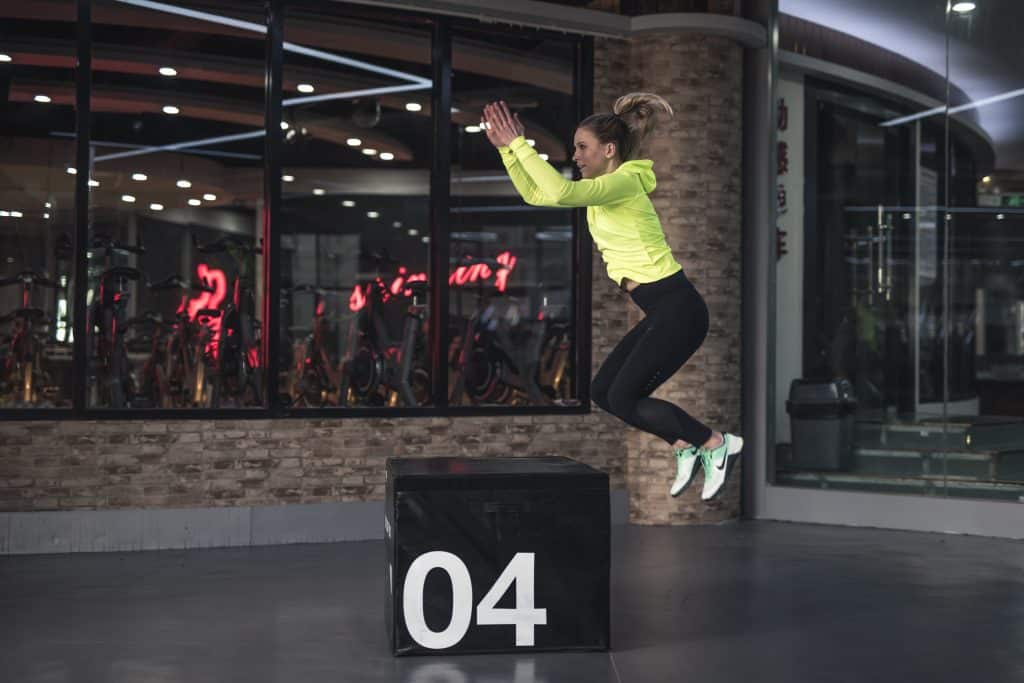
1. HIIT
HIIT stands for high-intensity interval training. This has become a popular way to burn body fat, combining low and high-intensity training.
The idea is that you work at a lower maximum heart rate for a few minutes. Then increase the intensity to raise your heart rate to 80 to 85 percent of your MHR for a short burst.
Pros
- As the most intense form of aerobic training, you may be able to burn more fat.
- You can enjoy 24-hour energy expenditure, which means you’ll burn calories after your workout.
- We’ve all shamefully used the excuse that we don’t have time to exercise. Well, not anymore. HIIT training is a time-efficient exercise that may achieve results.
- HIIT can be used in any cardio workout. For example, running, jump rope, swimming, and cycling.
Cons
- It can quickly lose the excitement factor—a study found that young adults soon lost enjoyment from HIIT after a number of weeks.
- Some people may find HIIT hard to begin with and not be able to sustain the high-intensity workout long enough to make a difference.
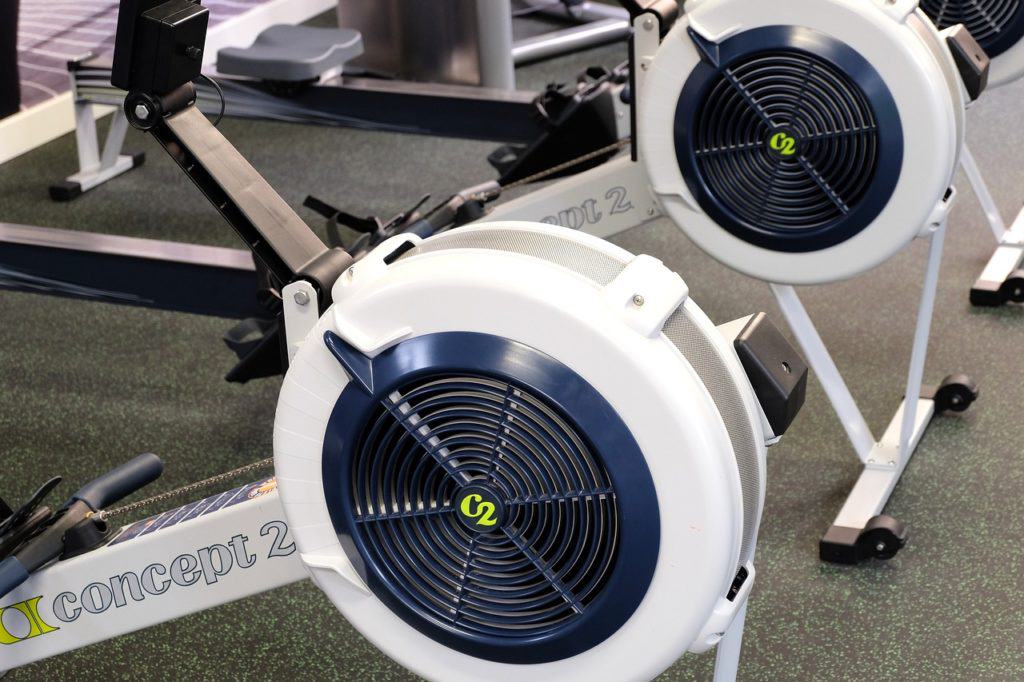
2. Rowing
When you’re at the gym, you’re bound to see plenty of rowing machines you can try out. They’re usually easy to work and you can set the resistance. If you’re using rowing as a high-intensity cardio workout, start with 30 minutes and see how you get on.
Pros
- It’s a full-body workout—you use the legs, arms, and core.
- In one hour, you can burn up to 600 calories and tap into fat stores as a high-intensity workout.
- Rowing is low impact cardio. Since you are seated during the workout, there’s less pressure on your joints. This may be beneficial for those that are overweight or older.
Cons
- There’s a danger of suffering from a back injury if you don’t practice good form. It’s best to learn how to use the machine first, especially if you’re a beginner.
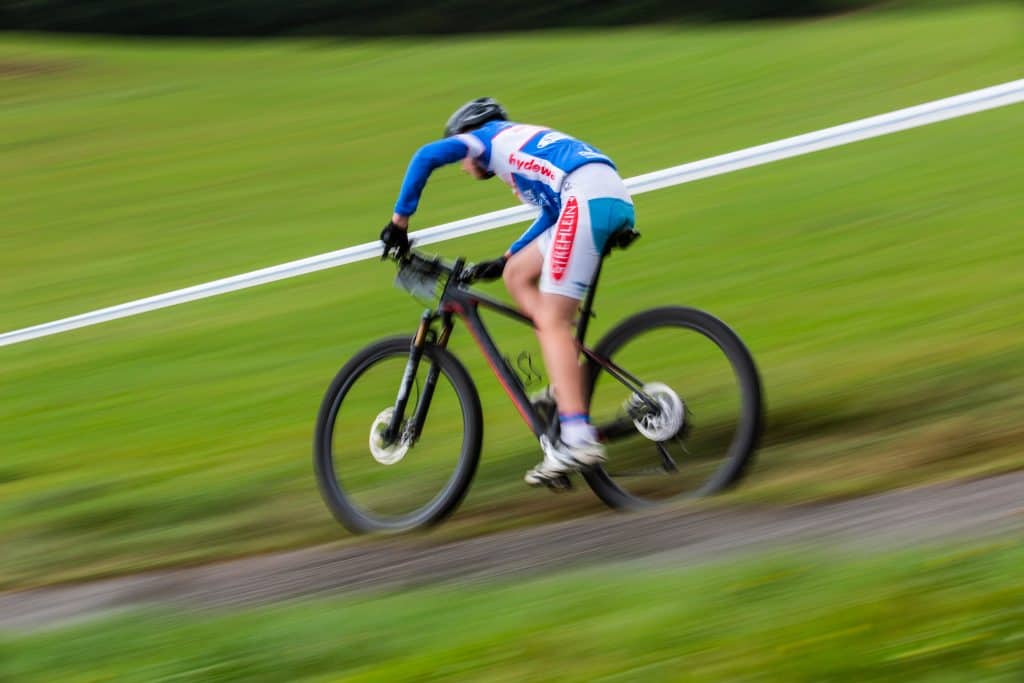
3. Cycling
You can decide whether you want to perform low or high-intensity workouts on a bike. Plus, you’ve got the option to go for a stationary bike in the gym or hit the roads.
For weight loss, I’d recommend cycling three times per week. As part of a varied fitness regime, 30 to 45 minutes is a good time to cycle for.
Pros
- You can burn up to 315 calories in 30 minutes at a high-intensity rate.
- For low-intensity cardio, you can still burn 420 calories per hour on the bike.
- Cycling on a stationary bike is low impact cardio. It basically uses the same muscles as running but with a lower risk of injury. This means that anyone can enjoy cycling.
- There are mental health benefits and cardiovascular advantages.
Cons
- You may find cycling uncomfortable since you’re sitting for a long time. This might mean you get a sore behind on the seat.
- There’s a risk from developing back pain from bad posture while cycling.

4. Running
Many people enjoy running and incorporate it into their weight loss regime.
I’d recommend running at 65 to 85 percent of your MHR for the best fat burning. This can be for 20 to 30 minutes per session, whether it’s outdoors or at the gym. Two to three times a week may help you achieve a trimmer waistline.
Pros
- Running can be a high-intensity workout and you can burn more calories than walking.
- You could burn up to 480 calories per hour, which may help you burn fat.
- Energy expenditure may be increased temporarily after running. This means that you would burn more calories while resting.
- Running on a regular basis may improve overall fitness and performance in sports.
Cons
- Running might cause injury if proper form is not adhered to.
- If you run too fast and it turns into sprinting, this can change to anaerobic exercise. This would use carbohydrates instead of fat as fuel.
- Being able to run for an hour consistently may be different for people that are unfit.
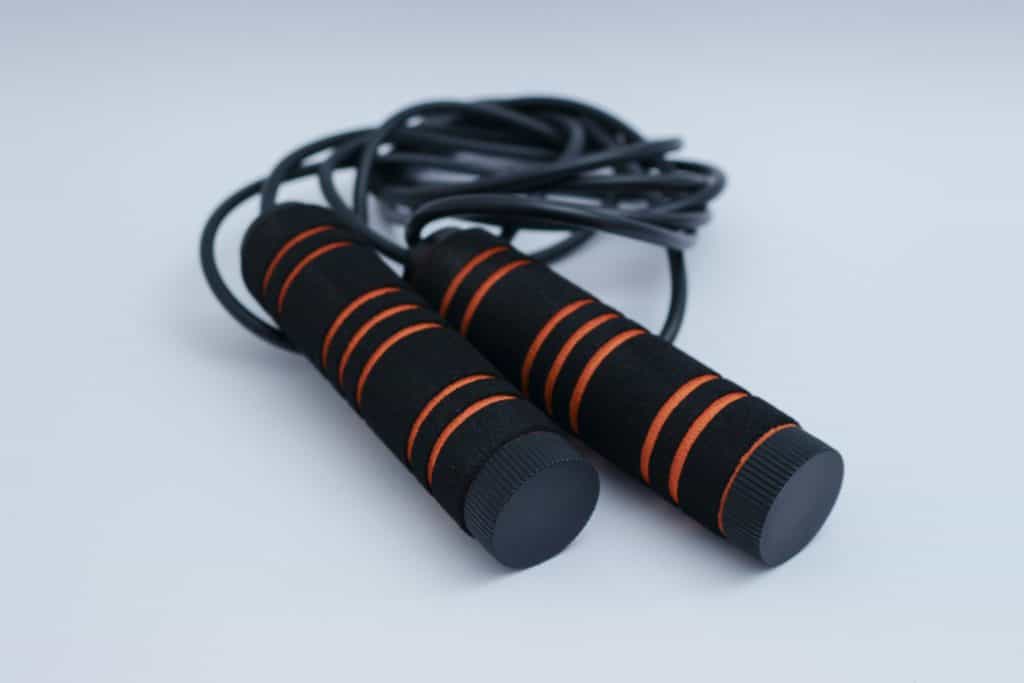
5. Jump Rope
Perhaps the last time you enjoyed jump rope was when you were a child in the school playground. Well, it’s now time to dig it back out. This is a great high-intensity cardio workout.
Of course, you might be a bit rusty. Start by trying to skip jump for one to two minutes continuously. It may take some time and concentration to get your heart rate up. It’s best to make jump rope part of a varied workout, and stick to short bursts of five to ten minutes.
Pros
- Once you get the hang of jump rope, you can burn a lot of calories and fat.
- If you want an exercise that’s going to be fun and burn calories, this may be the one for you.
- Regular jump rope can improve balance and coordination.
- It’s possible to improve endurance if you jump rope for a number of weeks.
Cons
- A concern is that it can be a high impact activity if it’s not done correctly. It may put stress on the knees and ankles, as well as the hips.
- Don’t be fooled—jump rope isn’t easy and it may take some time to get used to it before you start burning a lot of calories.
- You’ll most likely not be able to jump rope for too long. This will affect how much weight you can lose.

6. Swimming
Do you want to stay cool during your workout? Swimming might be the cardio you choose to lose weight. You’ll be able to choose different swim strokes to suit your strength.
Swimming is generally classed as a low-intensity workout but you could make it high intensity. I’d recommend swimming laps for around one hour to begin with and increasing later on.
Pros
- Swimming is a total body workout. It works most of the major muscle groups.
- It’s a low impact exercise. Your body is weightless in water, which is going to help anyone with arthritis or musculoskeletal limitations. It could also be good cardio for anyone with an injury that still wants to lose weight.
- You may be able to burn around 360 calories per hour when swimming laps.
- Let’s be honest—swimming is fun for all ages. You’re more likely to lose weight when you’re doing exercise you enjoy.
- You may be able to improve your endurance and cardiovascular fitness.
Cons
- You’ll have to swim for at least an hour to burn sufficient calories. There may be better high-intensity workouts for those who want quicker results.
- Most swimming strokes require you to use your shoulders. This may mean you’re at risk of suffering from subacromial bursitis. This is commonly referred to as swimmer’s shoulder.
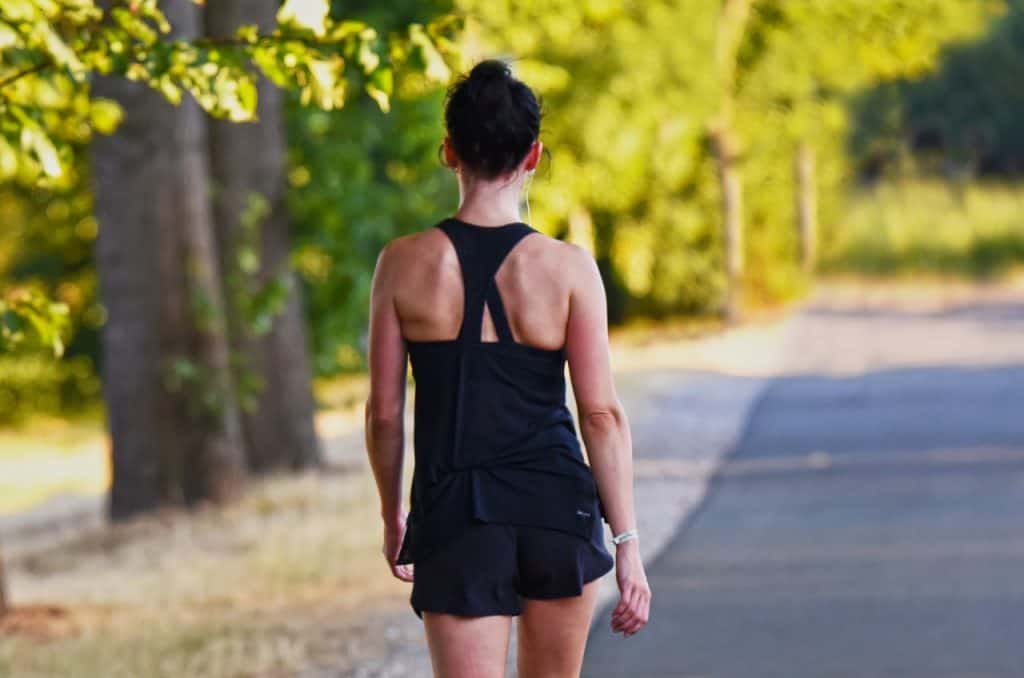
7. Walking
Last but not least is walking. While this is low-intensity cardio, it might still be the best option for some people. I’d recommend walking at 50 percent of your MHR for weight loss benefits. Three times per week would be beneficial.
Pros
- You can burn 300 calories per hour, which may help to use fat stores for energy.
- Walking is good cardio for anyone older, overweight, or suffering from injuries that stop them from enjoying other exercises.
- It’s a low impact activity, which means you can avoid any serious injury.
- Some people may find walking fun—you can go exploring and not realize you’re exercising.
- Walking can be a good warm-up before high-intensity cardio.
Cons
- You’ve got to walk for a longer period of time to burn the same calories as more intensive cardio.
- The metabolism may only increase for a couple of hours after walking, whereas it lasts longer for running.
Conclusion
If your fitness goal is to lose weight, you’re going to need to do some aerobic workouts. I’m sure it’s not the number one thing you want to do on your list, but it’s got to happen.
There’s no denying that working out at 70 percent of your MHR or higher will burn more calories. Long term, this means more fat loss. Of course, this should be combined with other factors, such as a healthy diet.
But it’s important to remember we’re all different, and not everyone will want to participate in high-intensity workouts, such as HIIT or rowing. They may also not be physically able to do this.
For someone who is overweight, older or suffering from an injury, a low-intensity cardio workout is going to be a better option. “No pain, no gain” is not always true, and sometimes slow and steady wins the race.
So what’s your favorite form of cardio for weight loss? You can leave any questions or comments about this article below.






